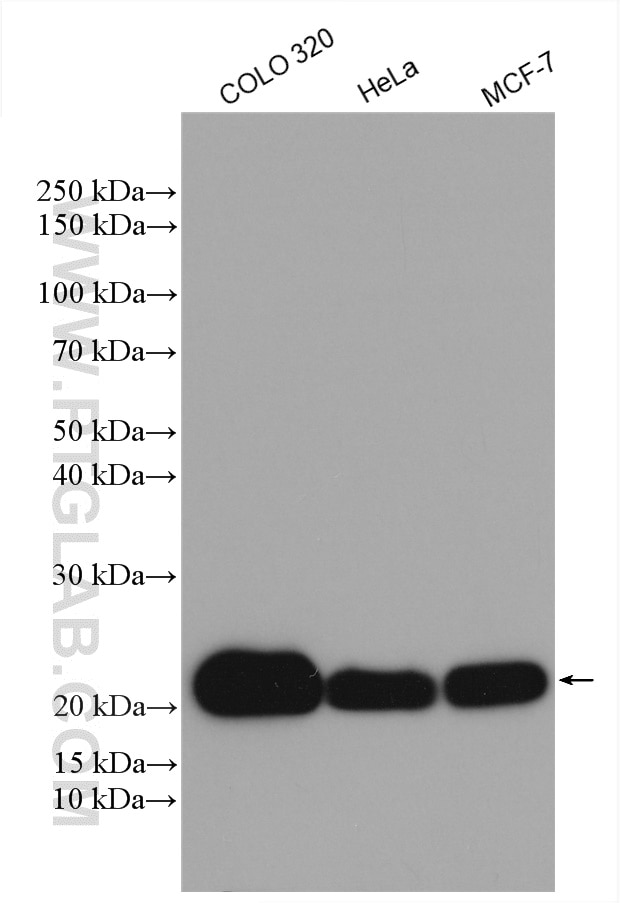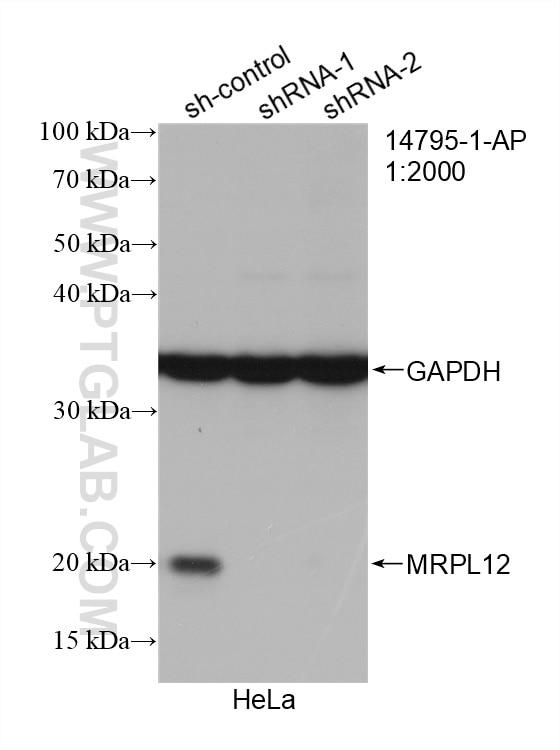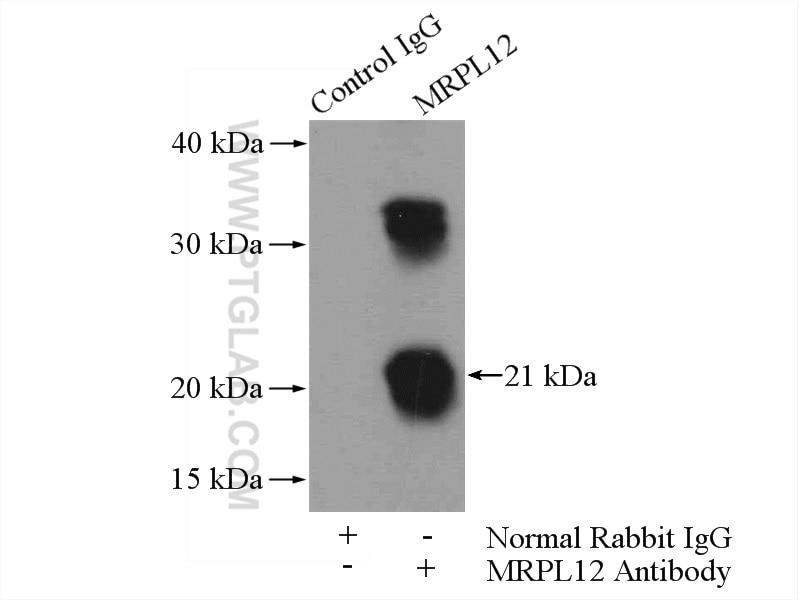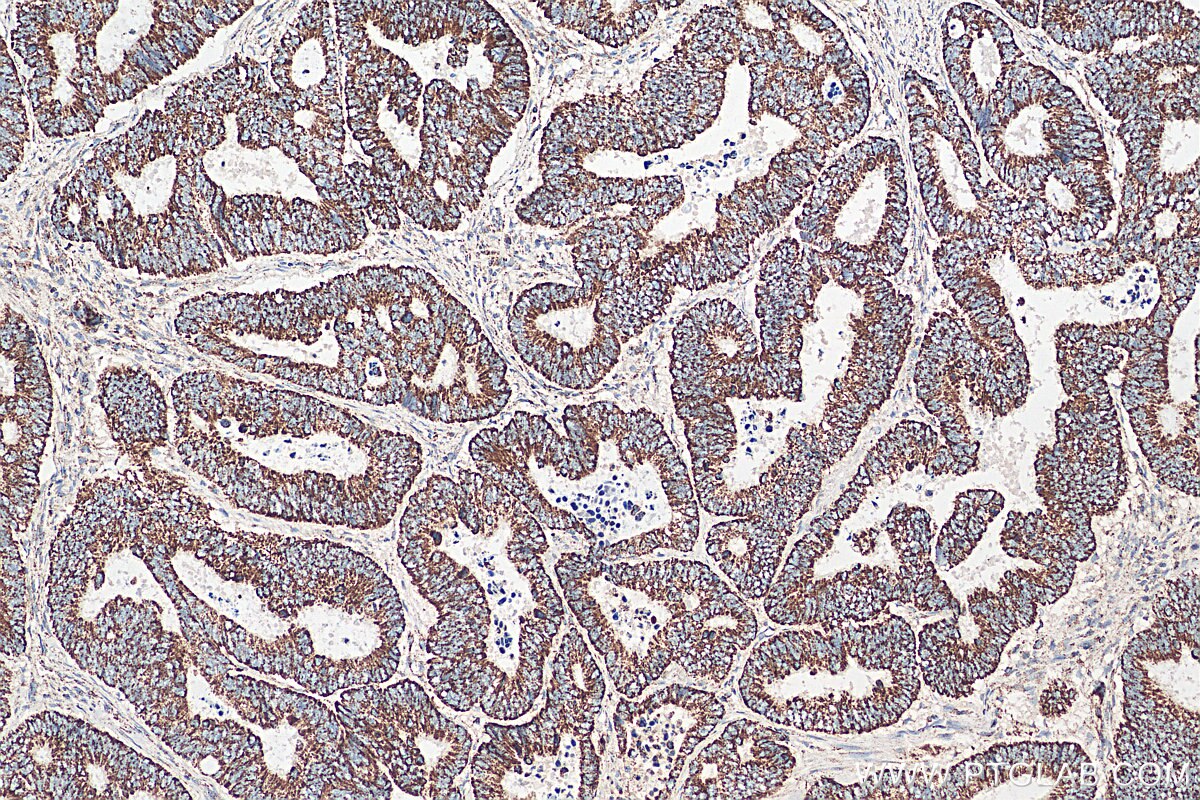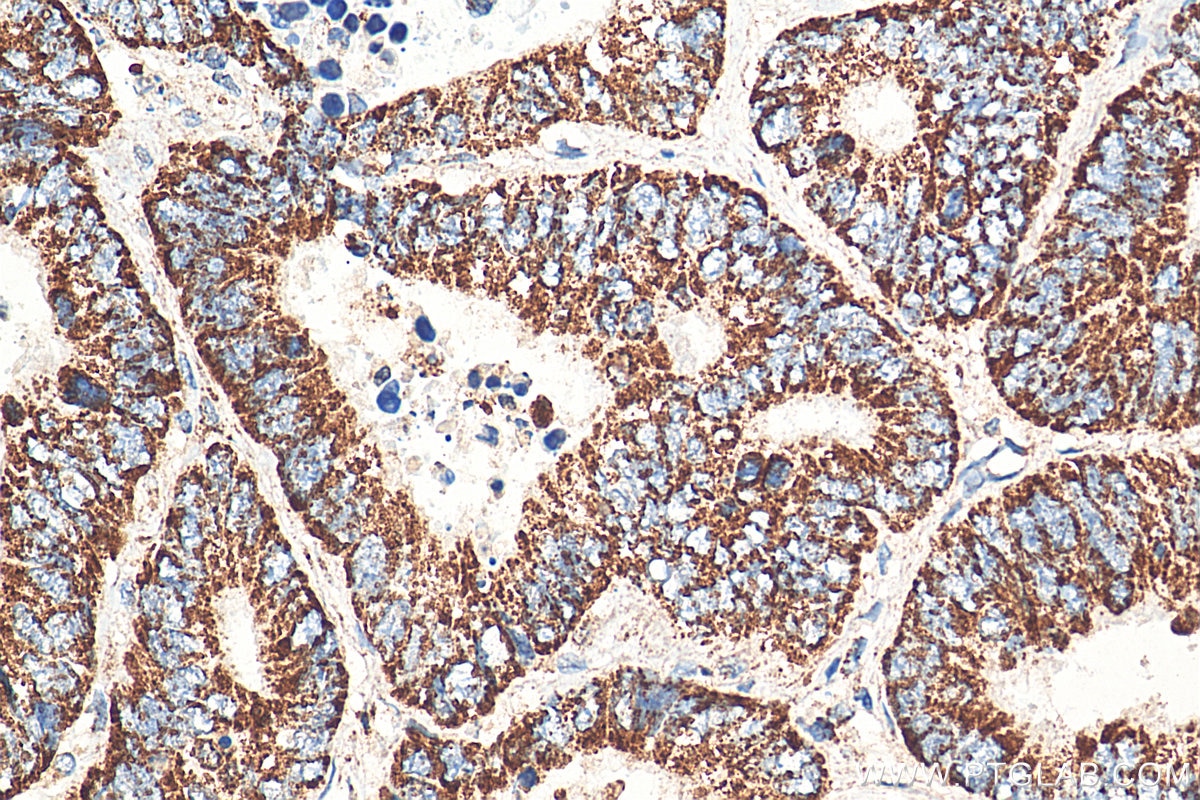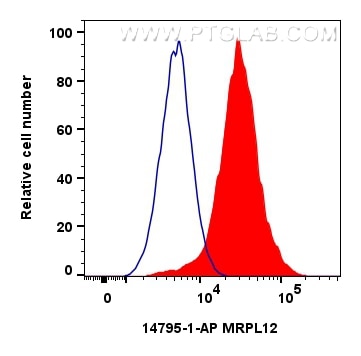Validation Data Gallery
Tested Applications
| Positive WB detected in | COLO 320 cells, HeLa cells, MCF-7 cells |
| Positive IP detected in | HeLa cells |
| Positive IHC detected in | human colon cancer tissue Note: suggested antigen retrieval with TE buffer pH 9.0; (*) Alternatively, antigen retrieval may be performed with citrate buffer pH 6.0 |
| Positive IF/ICC detected in | HepG2 cells |
| Positive FC (Intra) detected in | HeLa cells |
Recommended dilution
| Application | Dilution |
|---|---|
| Western Blot (WB) | WB : 1:1000-1:4000 |
| Immunoprecipitation (IP) | IP : 0.5-4.0 ug for 1.0-3.0 mg of total protein lysate |
| Immunohistochemistry (IHC) | IHC : 1:50-1:500 |
| Immunofluorescence (IF)/ICC | IF/ICC : 1:200-1:800 |
| Flow Cytometry (FC) (INTRA) | FC (INTRA) : 0.40 ug per 10^6 cells in a 100 µl suspension |
| It is recommended that this reagent should be titrated in each testing system to obtain optimal results. | |
| Sample-dependent, Check data in validation data gallery. | |
Published Applications
| KD/KO | See 5 publications below |
| WB | See 33 publications below |
| IHC | See 4 publications below |
| IF | See 7 publications below |
| IP | See 1 publications below |
| CoIP | See 2 publications below |
Product Information
14795-1-AP targets MRPL12 in WB, IHC, IF/ICC, FC (Intra), IP, CoIP, ELISA applications and shows reactivity with human, mouse, rat samples.
| Tested Reactivity | human, mouse, rat |
| Cited Reactivity | human, mouse, rat, zebrafish |
| Host / Isotype | Rabbit / IgG |
| Class | Polyclonal |
| Type | Antibody |
| Immunogen |
CatNo: Ag6504 Product name: Recombinant human MRPL12 protein Source: e coli.-derived, PGEX-4T Tag: GST Domain: 1-198 aa of BC002344 Sequence: MLPAAARPLWGPCLGLRAAAFRLARRQVPCVCAVRHMRSSGHQRCEALAGAPLDNAPKEYPPKIQQLVQDIASLTLLEISDLNELLKKTLKIQDVGLVPMGGVMSGAVPAAAAQEAVEEDIPIAKERTHFTVRLTEAKPVDKVKLIKEIKNYIQGINLVQAKKLVESLPQEIKANVAKAEAEKIKAALEAVGGTVVLE 相同性解析による交差性が予測される生物種 |
| Full Name | mitochondrial ribosomal protein L12 |
| Calculated molecular weight | 21 kDa |
| Observed molecular weight | 21 kDa |
| GenBank accession number | BC002344 |
| Gene Symbol | MRPL12 |
| Gene ID (NCBI) | 6182 |
| RRID | AB_2250805 |
| Conjugate | Unconjugated |
| Form | |
| Form | Liquid |
| Purification Method | Antigen affinity purification |
| UNIPROT ID | P52815 |
| Storage Buffer | PBS with 0.02% sodium azide and 50% glycerol{{ptg:BufferTemp}}7.3 |
| Storage Conditions | Store at -20°C. Stable for one year after shipment. Aliquoting is unnecessary for -20oC storage. |
Background Information
Mammalian MRPL12 was the first mitochondrial ribosomal protein to be characterized, and is encoded by a nuclear gene. The protein forms a homodimer, localizes predominantly to mitochondria and binds to the large mitochondrial ribosomal subunit [PMID:862670]. It is required for CycD/Cdk4-induced cell growth. In addition, forming a ribosomal stalk with MRPL7, MRPL12 is required for the recruitment of translation elongation factors Tu and G to the large ribosomal subunit [PMID:12370014]. It also a part of a novel regulatory mechanism that coordinates mitochondrial transcription with translation and/or ribosome biogenesis during human mitochondrial gene expression. The antibody reacts specifically with 21kDa MRPL12 protein.
Protocols
| Product Specific Protocols | |
|---|---|
| IF protocol for MRPL12 antibody 14795-1-AP | Download protocol |
| IHC protocol for MRPL12 antibody 14795-1-AP | Download protocol |
| IP protocol for MRPL12 antibody 14795-1-AP | Download protocol |
| WB protocol for MRPL12 antibody 14795-1-AP | Download protocol |
| Standard Protocols | |
|---|---|
| Click here to view our Standard Protocols |
Publications
| Species | Application | Title |
|---|---|---|
Mol Cell Identification of TMEM126A as OXA1L-interacting protein reveals cotranslational quality control in mitochondria | ||
EMBO J Stress signaling and cellular proliferation reverse the effects of mitochondrial mistranslation. | ||
Nucleic Acids Res METTL15 introduces N4-methylcytidine into human mitochondrial 12S rRNA and is required for mitoribosome biogenesis. |

